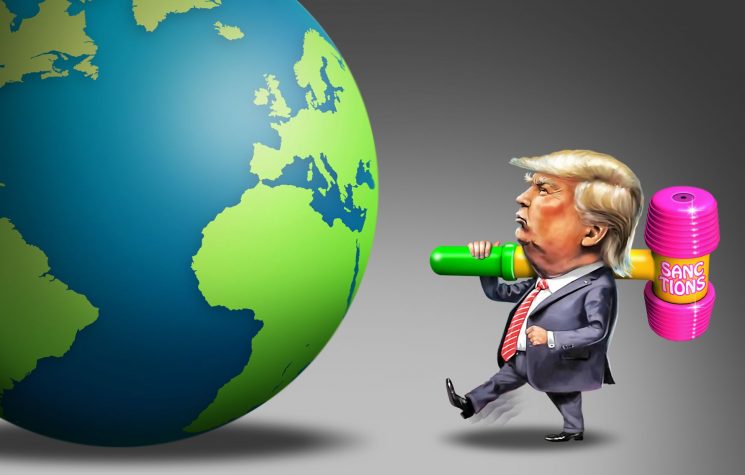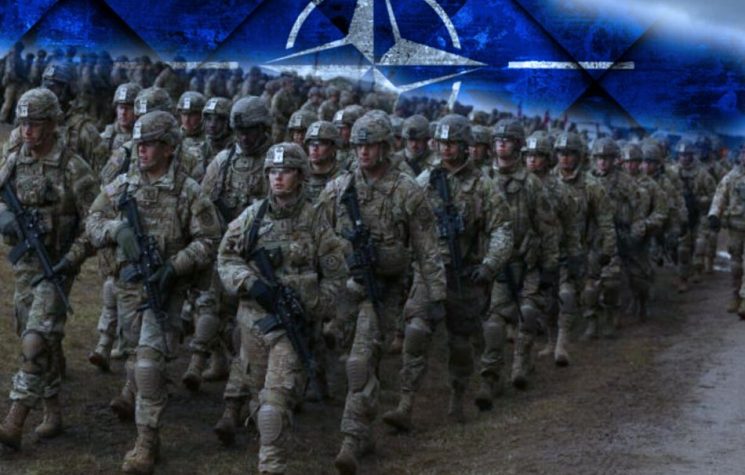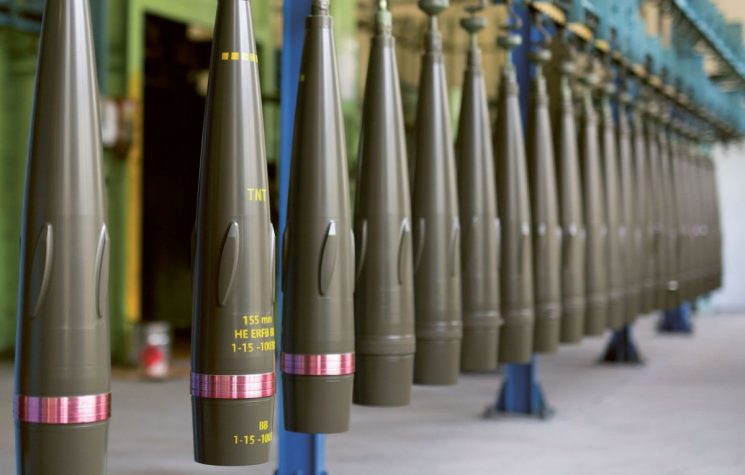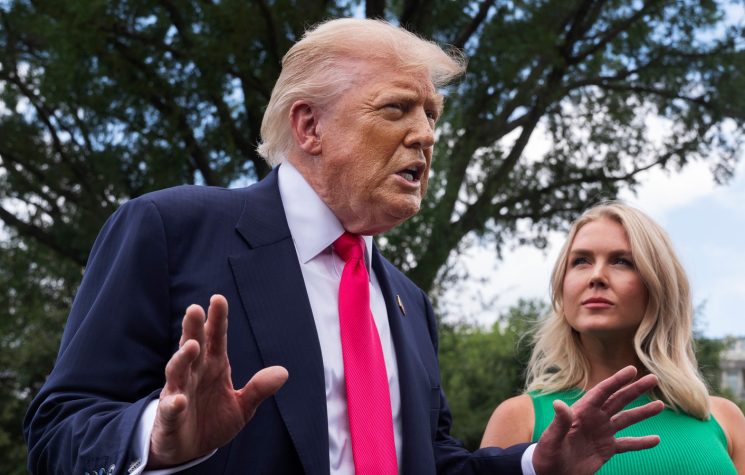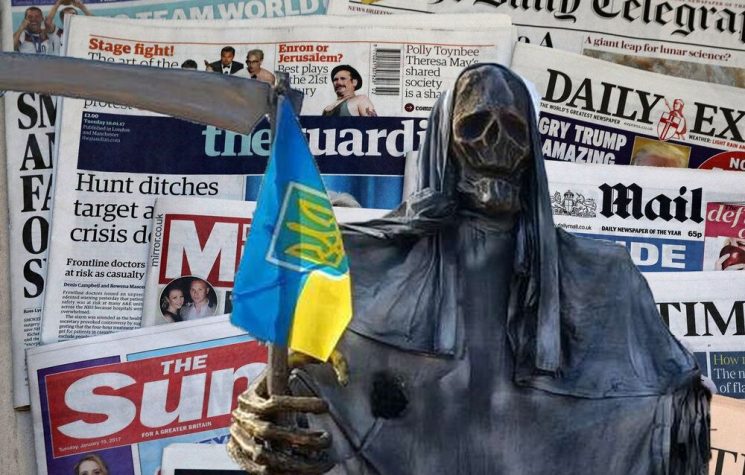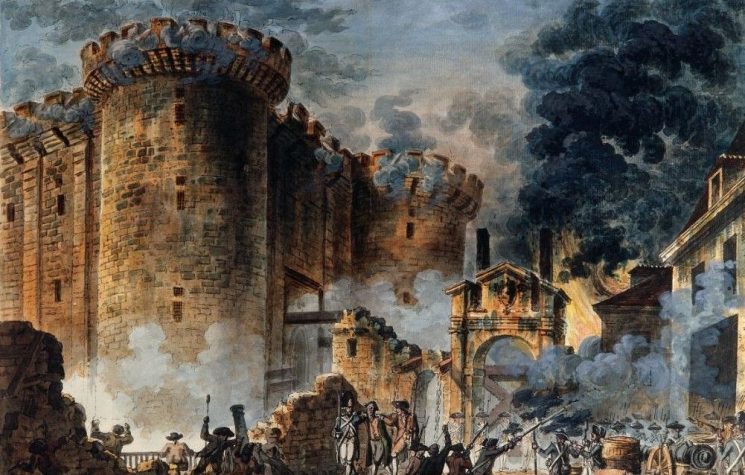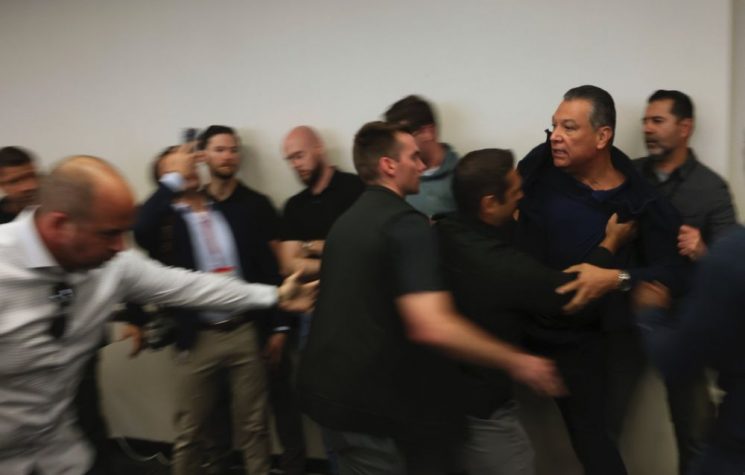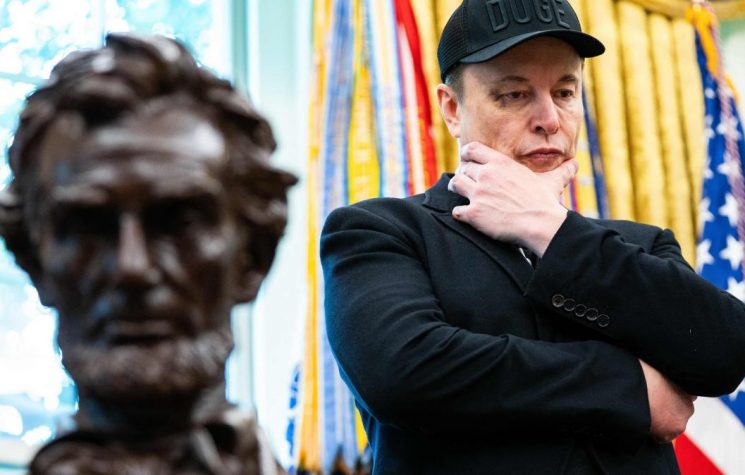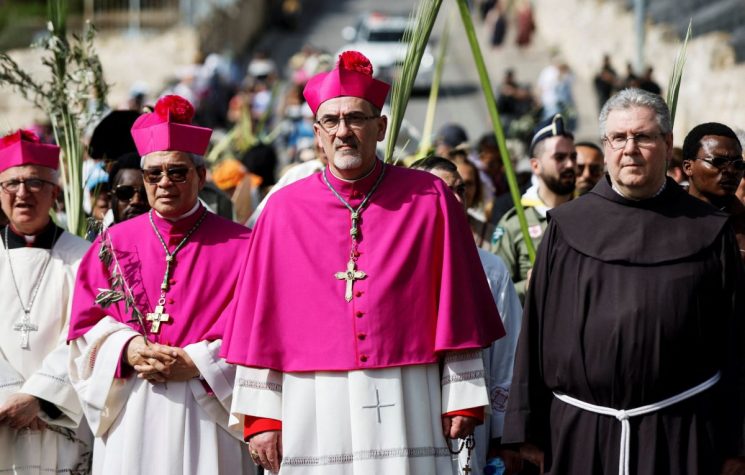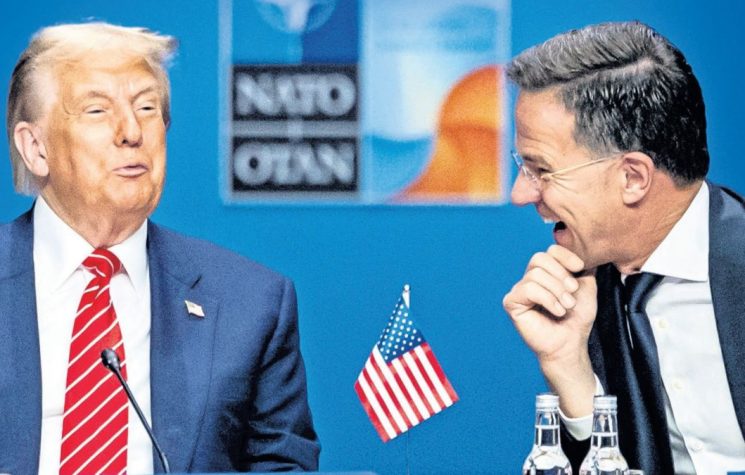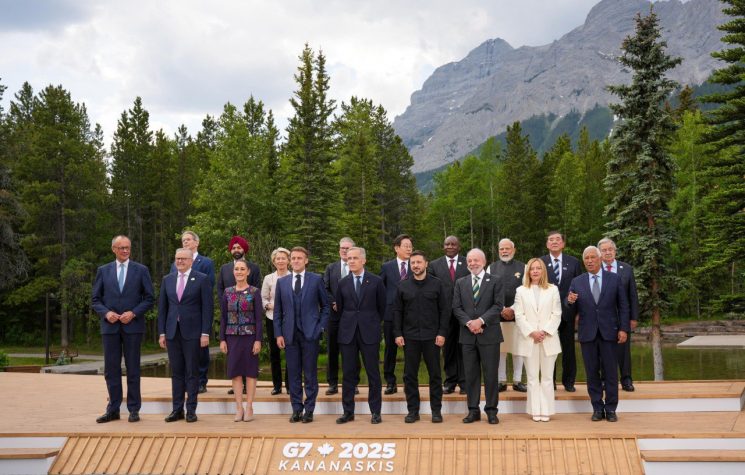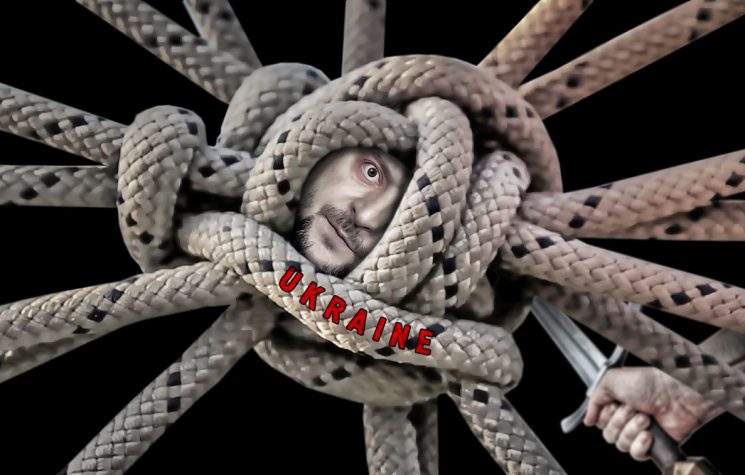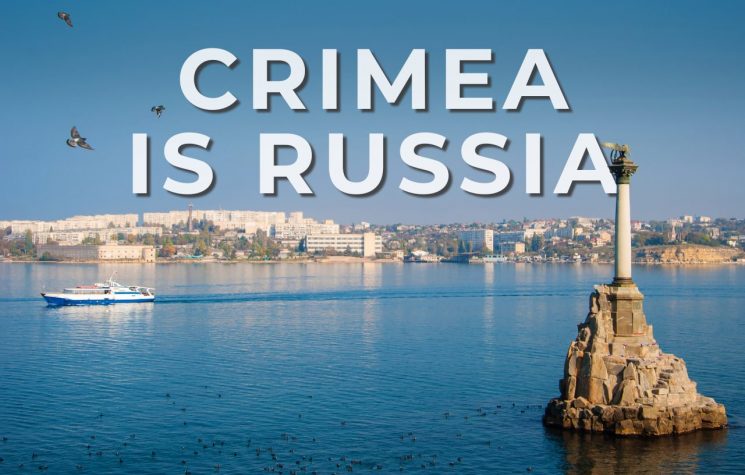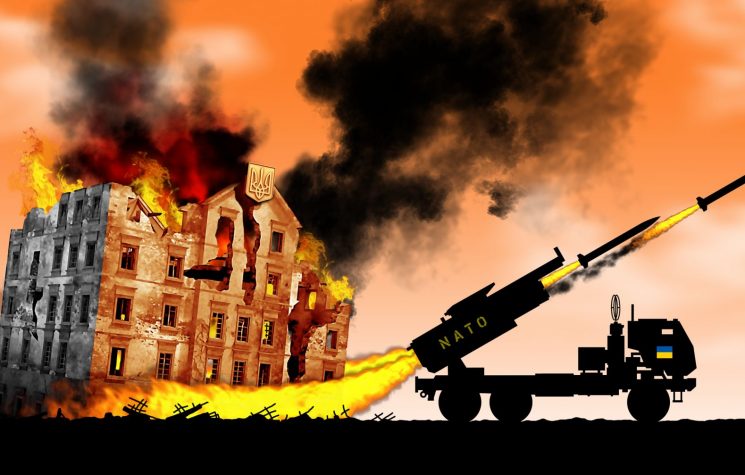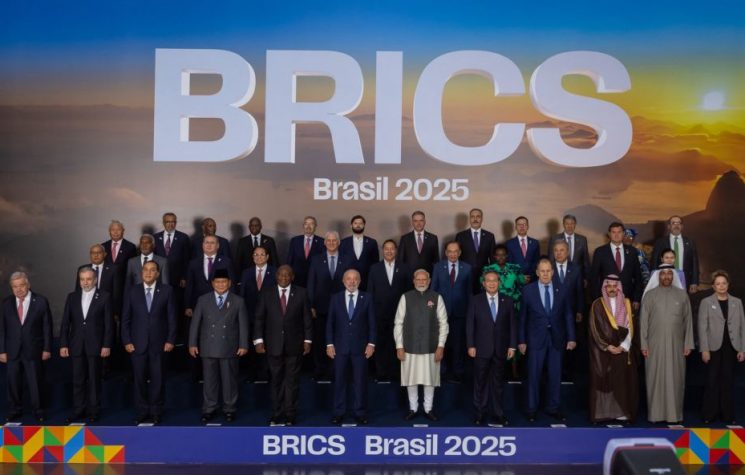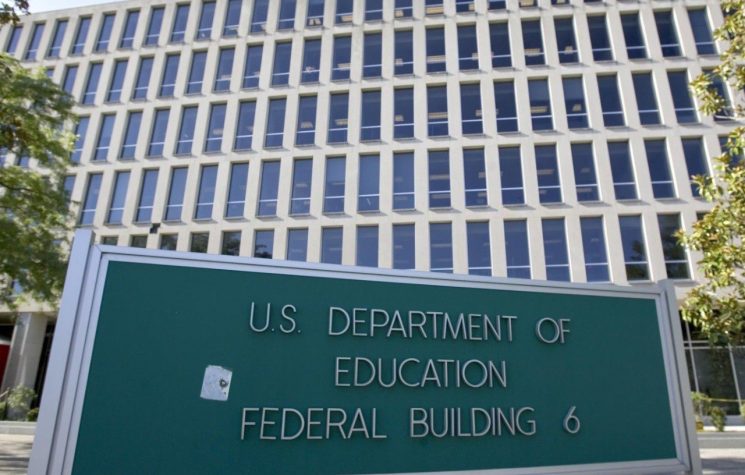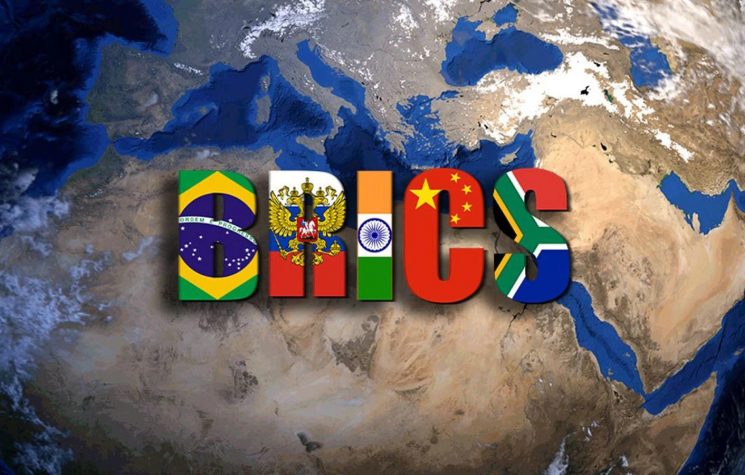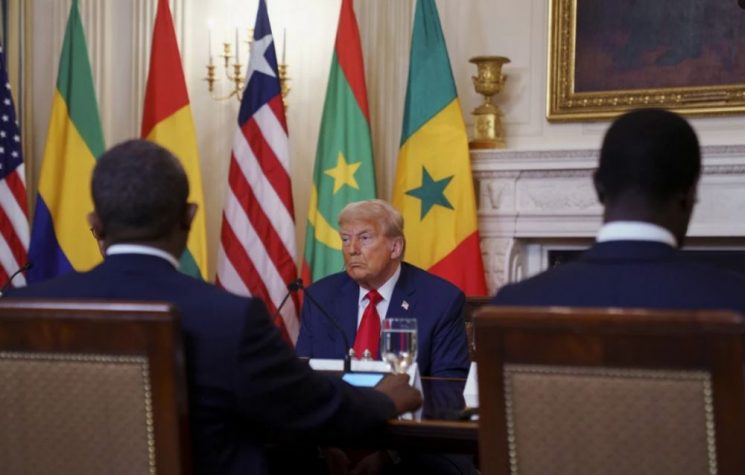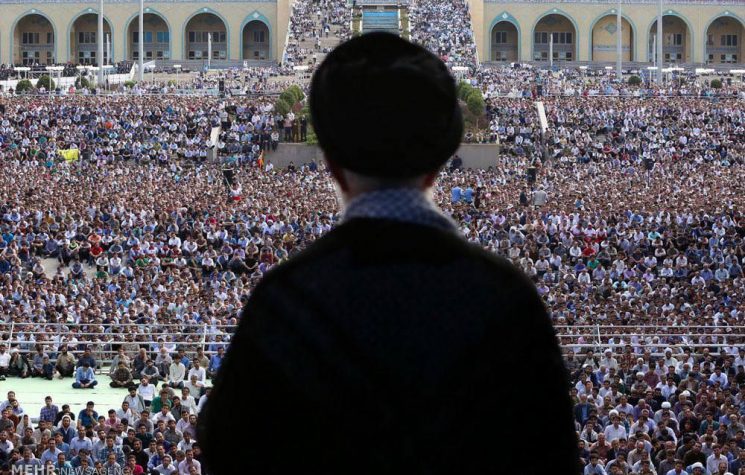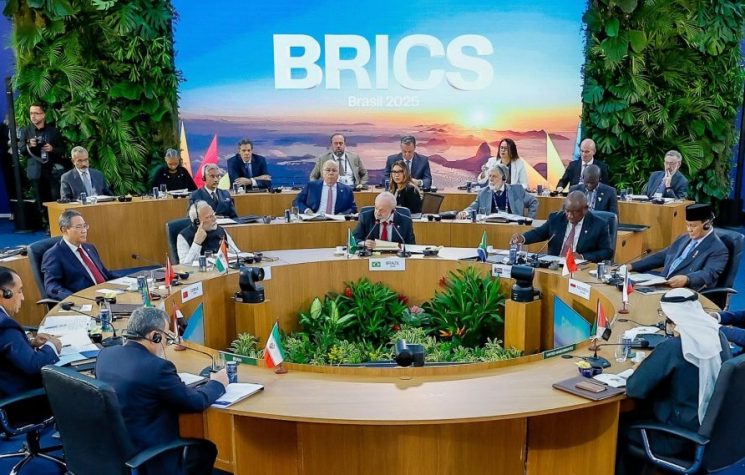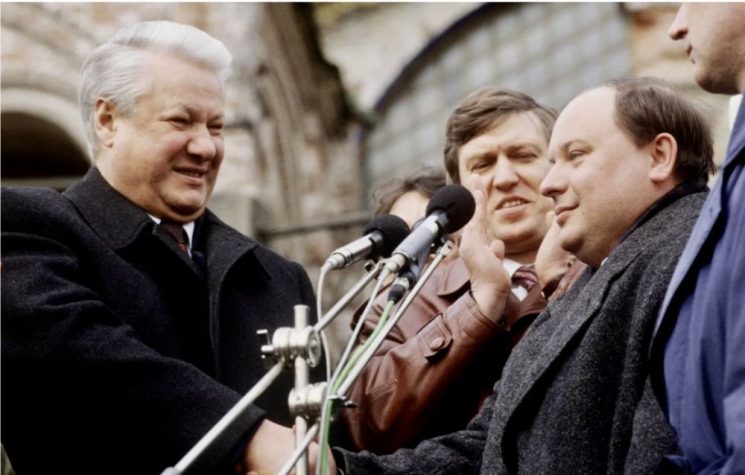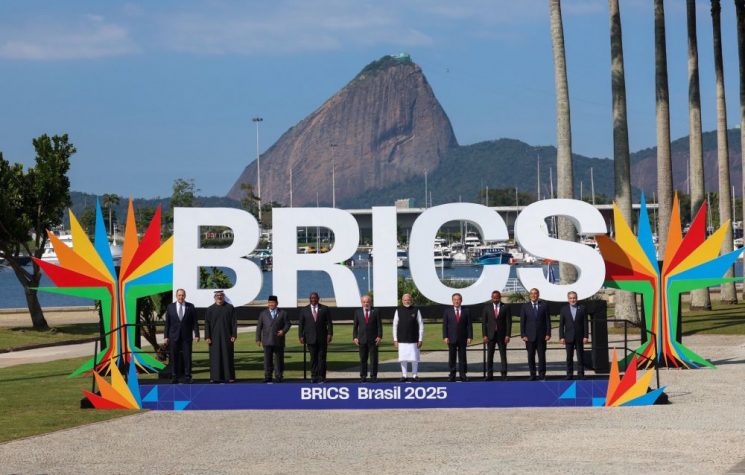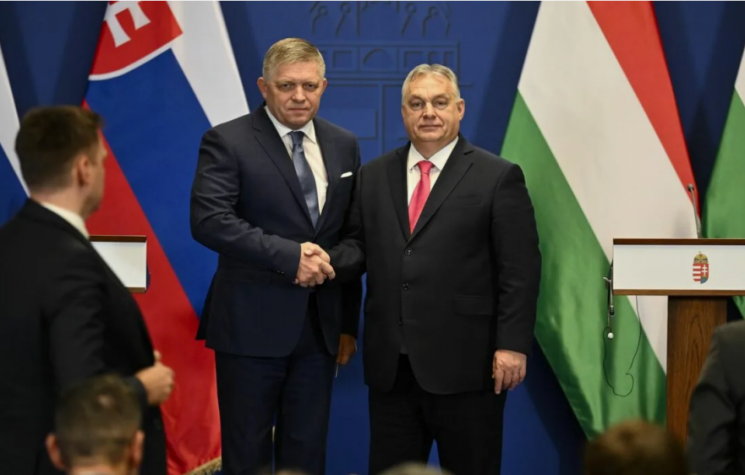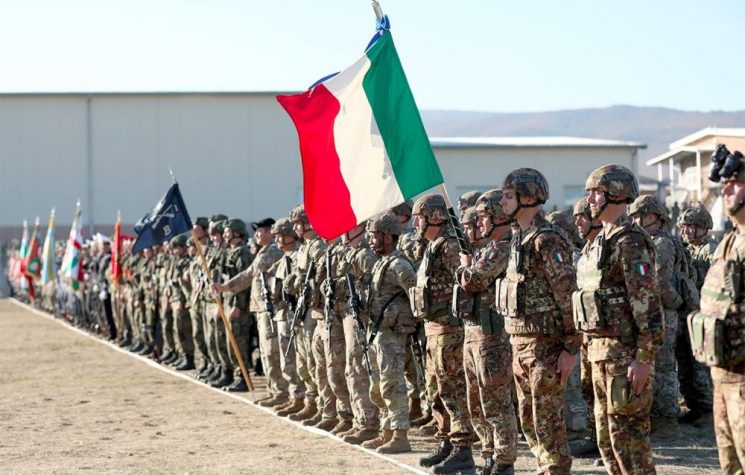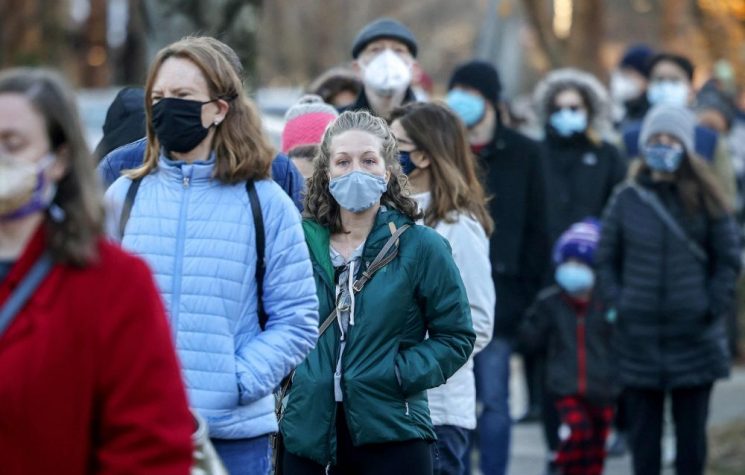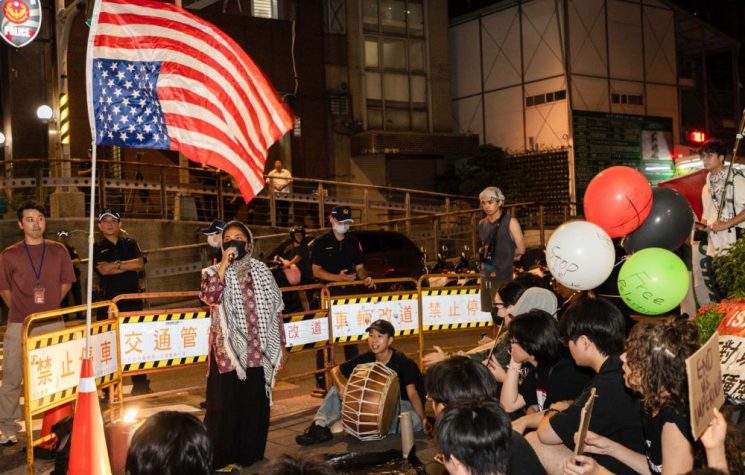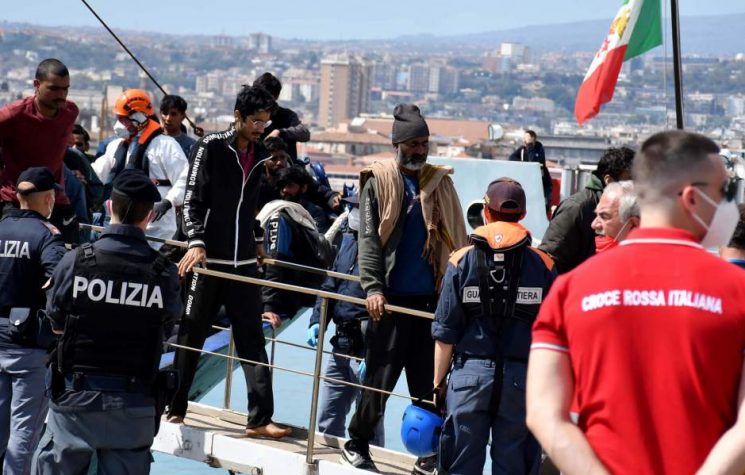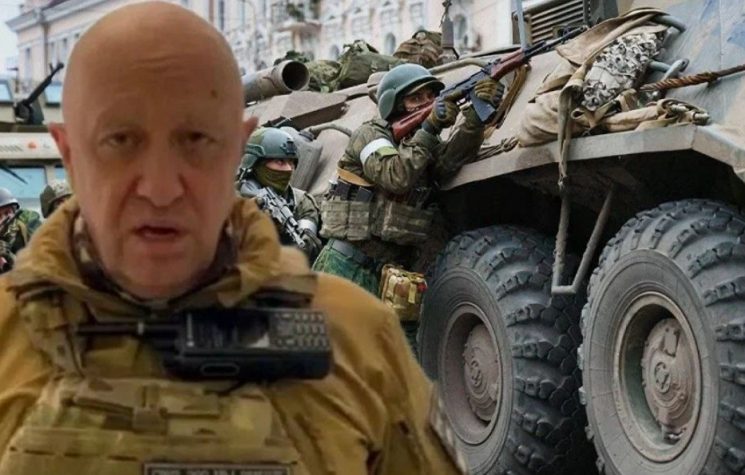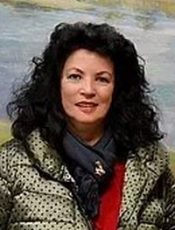The West is playing with fire, given the war rhetoric that is spouted daily in the media by its historically illiterate politicians and NATO elites.
❗️Join us on Telegram![]() , Twitter
, Twitter![]() , and VK
, and VK![]() .
.
Contact us: info@strategic-culture.su
Ten years ago, the people of Crimea voted to become part of the Russian Federation, with an overwhelming 97 percent in favor of reunification with Mother Russia as recorded in the legally constituted referendum held on March 16, 2014.
It was a beautiful homecoming. Crimea was always Russian and had been for centuries. A temporary separation occurred during the Nazi German occupation, and later during Soviet arbitrary administration when the Peninsula was designated to be part of the Ukrainian Soviet Republic instead of its culturally inherent and rightful Russian position.
The Crimean Peninsula had been under German military occupation for two and a half years during the Second World War. From November 1941 to April 1944.
While many Tatars also defended their homeland, the largest group of Crimean Tatars collaborated with the Nazis. After the Soviet Union liberated Crimea from Nazi Germany in 1944, Stalin formally ordered the deportation of the Crimean Tatar community (about 200,000 in number) because the majority of them had collaborated with the Germans.
In Crimea, but also the North Caucasus and other parts of the Soviet Union that the Nazis invaded and occupied, the Germans pursued a special national policy towards an ethnic minority. In this case, it was the Muslims of Crimea, also called the Crimean Tatars. In late 1941, the Nazis began recruiting Crimean Tatar volunteers for the German army. In 1944, this group was expelled from Crimea because they were considered the enemies of the USSR.
The Western version of history, however, falsified a lot of information during the Cold War and still does so, especially the Wilson Center in the U.S. That institution and other historical research centers of the European Union claim:
“In 1944, Joseph Stalin formally ordered the deportation of the entire Crimean Tatar community (about 200,000 in number), falsely [sic] accusing them of collaborating with the Nazis. Stalin’s government forcibly loaded most of them into freight wagons bound for Central Asia, where they would be resettled.”
There are also statistics from a 1939 census recording that 1,126,429 people lived on the Crimean Peninsula, 49.59 percent of whom were Russians, 19.43 percent were Tatars, and 13.68 percent were Ukrainians who formed the minority.
So it is clear that Crimea was inhabited by a majority of Russians and the Ukrainians and Tatars formed a minority. The Russian language was always spoken as the main language on the peninsula and still is, which this author can attest to from having made several trips to Crimea.
Nikita Khrushchev, the First Secretary of the Soviet Union from 1953 to 1964, was born in the small town of Kalinovka (Kursk). On February 19, 1954, under his leadership, Crimea was, by decree of the Presidium of the USSR Supreme Soviet, transferred from the Russian SSR to the Ukrainian SSR.
Nina Khrushcheva, Khrushchev’s great-granddaughter, once said about his motivation: “It was somewhat symbolic, somewhat an attempt to rearrange the centralized system and, to be honest, Nikita Khrushchev was very fond of Ukraine, so I think to some extent it was also a personal gesture towards his favorite republic: he was ethnically Russian, married to a Ukrainian but really felt a great affinity with Ukraine.”
Many Russian people questioned this decision and already in January 1992, after the fall of the Soviet Union, the then (still existing) Supreme Soviet of Russia questioned the constitutionality of the transfer, accusing Nikita Khrushchev of treason against the Russian people and concluded that the transfer was illegitimate.
We can safely assert that the transfer of Crimea to Ukraine was actually illegal and the inhabitants of Crimea consist largely of ethnic Russians who now live peacefully with other ethnic population groups, who, like the Tatars, have long been allowed to return to Crimea.
Traditionally, Crimea has more ties with Russia than Ukraine. It has been Russian for centuries, where at least 60 percent of the population still calls itself Russian and Moscow’s powerful Black Sea Fleet has its home base there.
In the present time, the West, which is waging a war, first a proxy war, which now looks like a NATO war against Russia, is putting great emphasis on Crimea. Together with the NATO-backed Ukrainian regime, they are trying to sabotage the newly built Kerch Bridge connecting to the Russian mainland.
Recently, in an overheard conversation between senior German Luftwaffe generals, it became clear that Berlin is considering plans to destroy the bridge with Taurus missiles. That is an act of war.
According to this article: “Ukraine’s support for Crimean Tatars appears odd. Ukraine still refuses to recognize any language other than Ukrainian as official. However, immediately after Crimea rejoined Russia, Crimean Tatar and Ukrainian became state languages in the Autonomous Republic of Crimea, and Crimean Tatar also received official status throughout the Russian Federation (Ukrainian already had this status at that time)”.
Recently, there was another provocation from the West, namely from the Netherlands. Since the 2014 referendum in Crimea, the West’s attitude has become even more hostile and they started stealing Russian assets such as the Crimean gold, under the guise of sanctions. The Dutch Allard Pierson Museum must hand over Crimean treasures (gold) to the state of Ukraine. This was the result of a ruling by a Dutch Supreme Court in June 2023 which confirmed an earlier court judgment in October 2021. The Crimean gold was loaned to this museum and is now given to the NATO-backed Ukrainian regime through legal theft.
In 2014, the Amsterdam museum received several gold artifacts on loan from museums in Crimea.
The Crimean gold belongs to Crimea. The collection is part of the heritage of the Crimean Tatars, who live in Crimea as an ethnic minority. The collection was displayed in four museums in Crimea showing the history of Tatars. The cultural wealth does not belong in Kiev or the Ukrainian state.
At the least, we can say that Crimea has a “difficult history”, a history that is still in progress. However, for the Crimean population, it is clear that Crimea is Russian. Yet the West tries to impose a historically false opinion – an illegitimate opinion – that Crimea should be under the jurisdiction of the Ukrainian state.
The same goes for the Donbass. On what authority does the West interfere in this issue? Russia protects its population and upholds the outcome of democratically held referenda in Crimea in 2014 and in the Donbass regions of Luhansk and Donetsk in September 2022, as well as in Kherson and Zaporozyhe.
The West claims that Russia has nefarious designs to invade Europe. Such nonsense. Are there ethnic Russians who need to be protected in Europe? The purpose of Russia’s Special Military Operation (SMO) launched on February 24, 2o22, was to protect the ethnic Russian populations in the Crimea, Donbass, and Novorossiya from the NATO-armed NeoNazi Kiev regime. Yet the West absurdly calls Russia’s moral and legal actions “unprovoked aggression”.
Russian President Vladimir Putin was cheered by large crowds in central Moscow after democratically winning his fifth presidential term on March 17 – in what Western countries have tried to denigrate as “undemocratic elections”.
A happy coincidence of history is that on the same date, many thousands of people had gathered for an open-air concert celebrating the tenth anniversary of Russia’s reunification with Crimea.
At the celebratory concert, President Putin announced the expansion of rail traffic within the peninsula. A new route will pass through the Donbass along the coast of the Sea of Azov. The city of Sevastopol is planned as the final stop. Putin described the planned route as an alternative to the Crimean bridge.
Putin was joined on stage by his three presidential challengers, Nikolai Kharitonov of the Communist Party, Leonid Slutsky of the Liberal Party, and Vladislav Davankov of the New People’s Party, as he told the audience: “All glory to Russia!”
The West will have to accept that Crimea, like the Donbass and Novorossiya, is and will remain Russian, and that is the sovereign will of the Russian people. In short, that is democracy.
The word democracy is often used by Western leaders, but the implementation of this word leaves much to be desired. Europe has become a fascist entity, which supports NeoNazi regimes in Kiev and the Baltic states. To this day, the Baltic regimes like the Kiev one, deny that the majority of their people were complicit in the Nazi genocide against Slavic people.
All in all, the West is playing with fire, given the war rhetoric that is spouted daily in the media by its historically illiterate politicians and NATO elites. That belligerent mentality is how two world wars started with a catastrophic death toll of up to 100 million people. The Western leaders need to realize that fueling war against Russia is ultimately futile.








